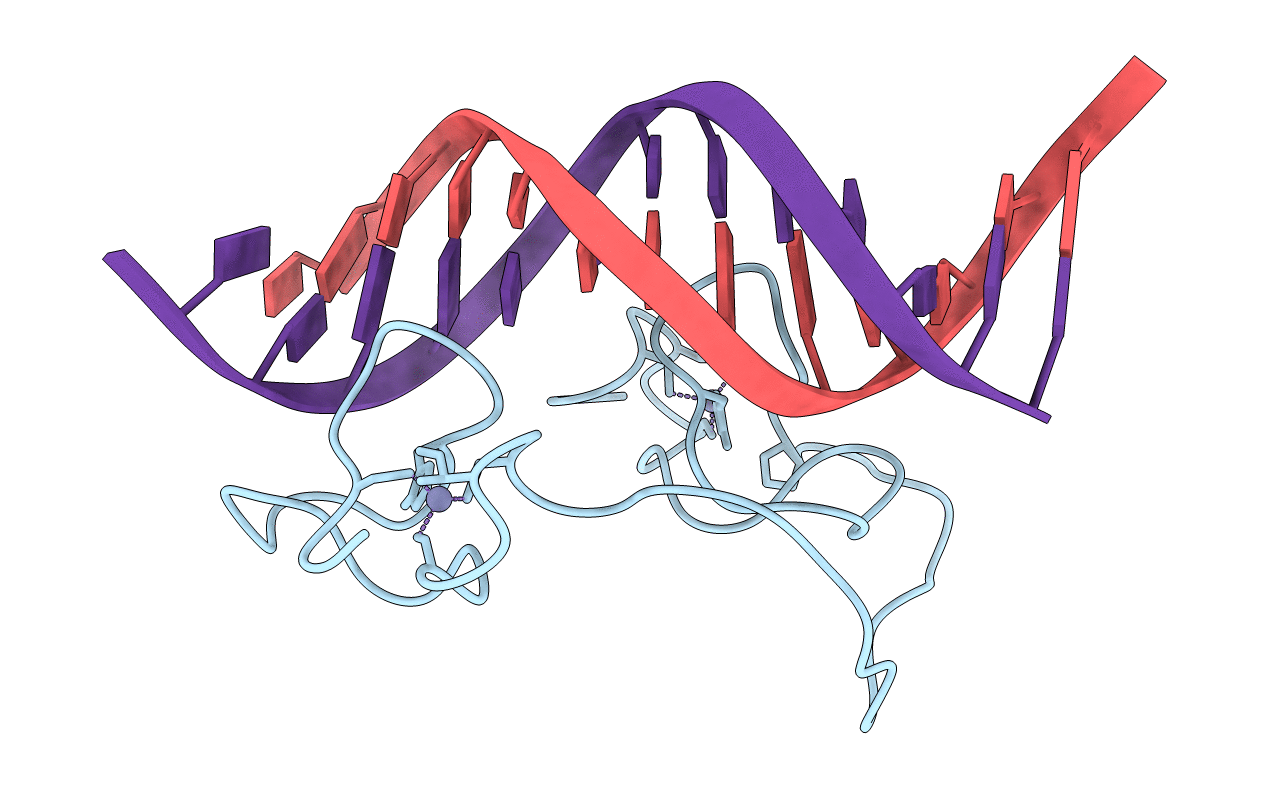
Deposition Date
2013-10-08
Release Date
2013-11-06
Last Version Date
2024-05-15
Method Details:
Experimental Method:
Conformers Calculated:
10
Conformers Submitted:
1
Selection Criteria:
structures with the lowest energy


